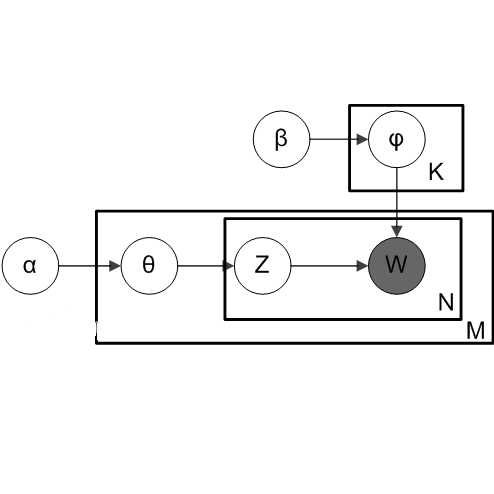Joint Energy-based Model (JEM) of Grathwohl et al. shows that a standard softmax classifier can be reinterpreted as an energy-based model (EBM) for the joint distribution p(x,y); the resulting model can be optimized to improve calibration, robustness, and out-of-distribution detection, while generating samples rivaling the quality of recent GAN-based approaches. However, the softmax classifier that JEM exploits is inherently discriminative and its latent feature space is not well formulated as probabilistic distributions, which may hinder its potential for image generation and incur training instability. We hypothesize that generative classifiers, such as Linear Discriminant Analysis (LDA), might be more suitable for image generation since generative classifiers model the data generation process explicitly. This paper therefore investigates an LDA classifier for image classification and generation. In particular, the Max-Mahalanobis Classifier (MMC), a special case of LDA, fits our goal very well. We show that our Generative MMC (GMMC) can be trained discriminatively, generatively, or jointly for image classification and generation. Extensive experiments on multiple datasets show that GMMC achieves state-of-the-art discriminative and generative performances, while outperforming JEM in calibration, adversarial robustness, and out-of-distribution detection by a significant margin. Our source code is available at https://github.com/sndnyang/GMMC.
翻译:Grathwohl等人的基于能源的联合模型(JEM)表明,标准软分子分类器可以被重新解释为联合分发p(x,y)的基于能源的模型(EBM);由此形成的模型可以优化,以改进校准、稳健性和分配外检测,同时产生与最近基于GAN的方法质量相匹配的样本;然而,正义运动所利用的软分子分类器本质上具有歧视性,其潜在特征空间不是作为不稳定性的分布法,这可能会妨碍其形象生成和引起培训不稳定的可能性。我们假设了基因化分类器,如线性差异分析(LDA),可能更适合图像生成,因为基因化分类器是数据生成过程的明显模型。因此,本文调查了用于图像分类和生成的LANDA(MC)分类器,这是LDA的一个特殊案例,符合我们的目标。我们表明,我们的General MMC(GM)可以在可有歧视性、可变性的多重检测性测试性测试和可同时通过多层次的基因-MAB(GM-Grealimalimalal-Gal-Gal-Bal-Gard-Gard-Gard-Gard-Gard-Gard-Gard-Gard-S-S-Gard-Gard-GDA)中,能够能能能能能、共同展示一个可实现高、制制制成的、制制成的、制制成的、制制成和制制成的、制成的、制成的、制成的、制成的、制成的、制成图图图。





